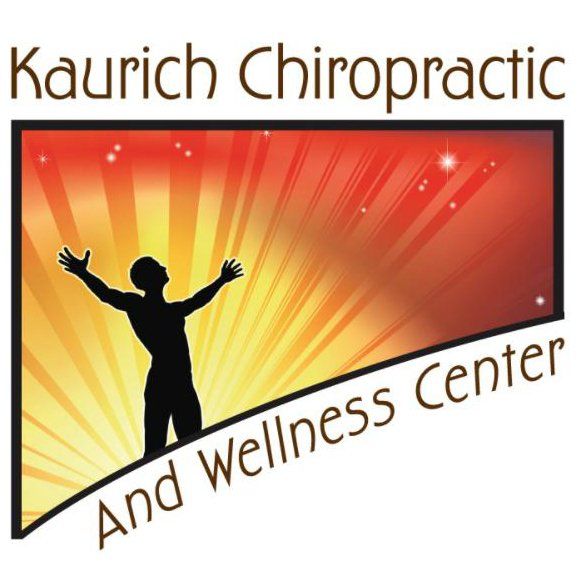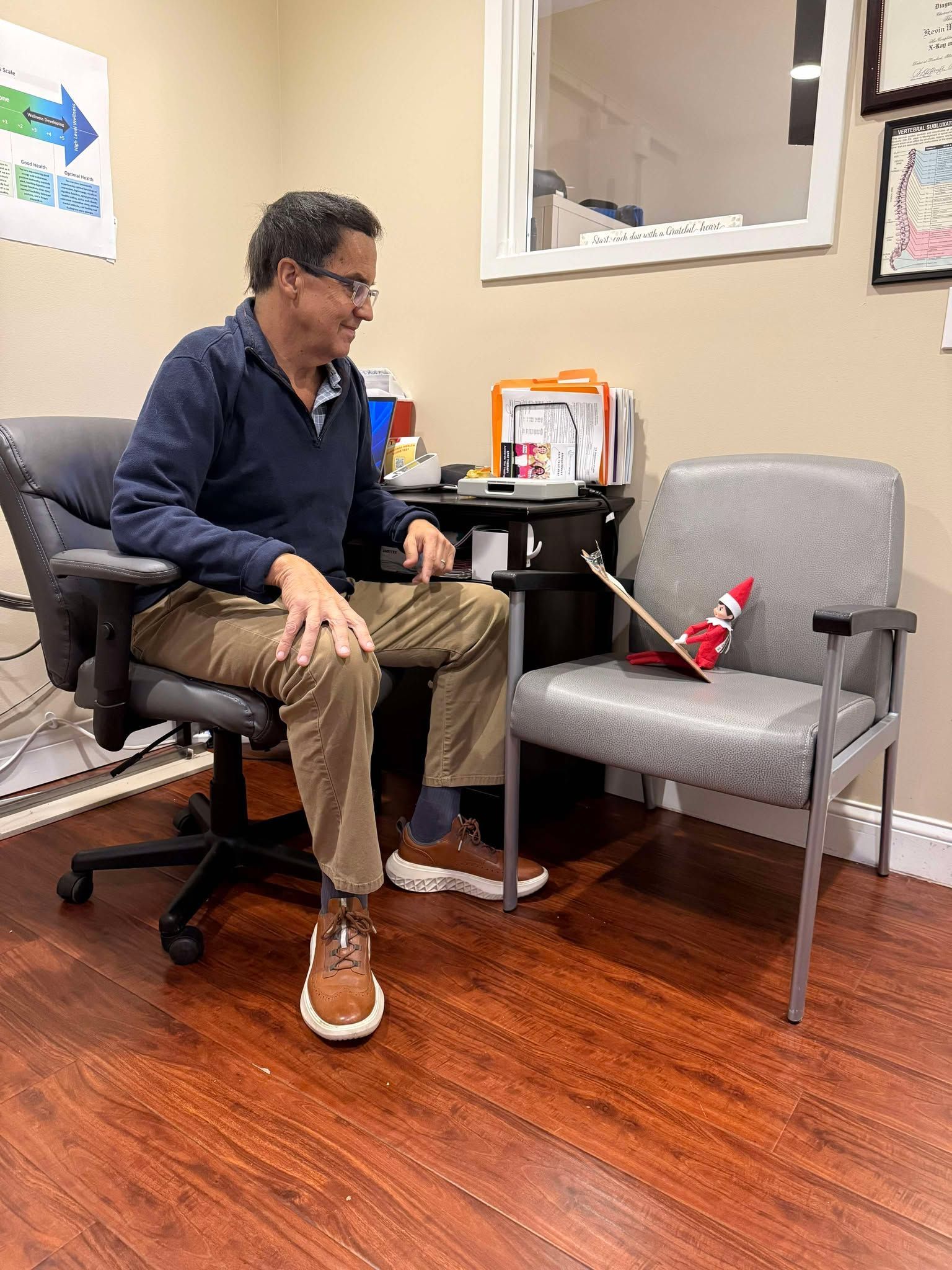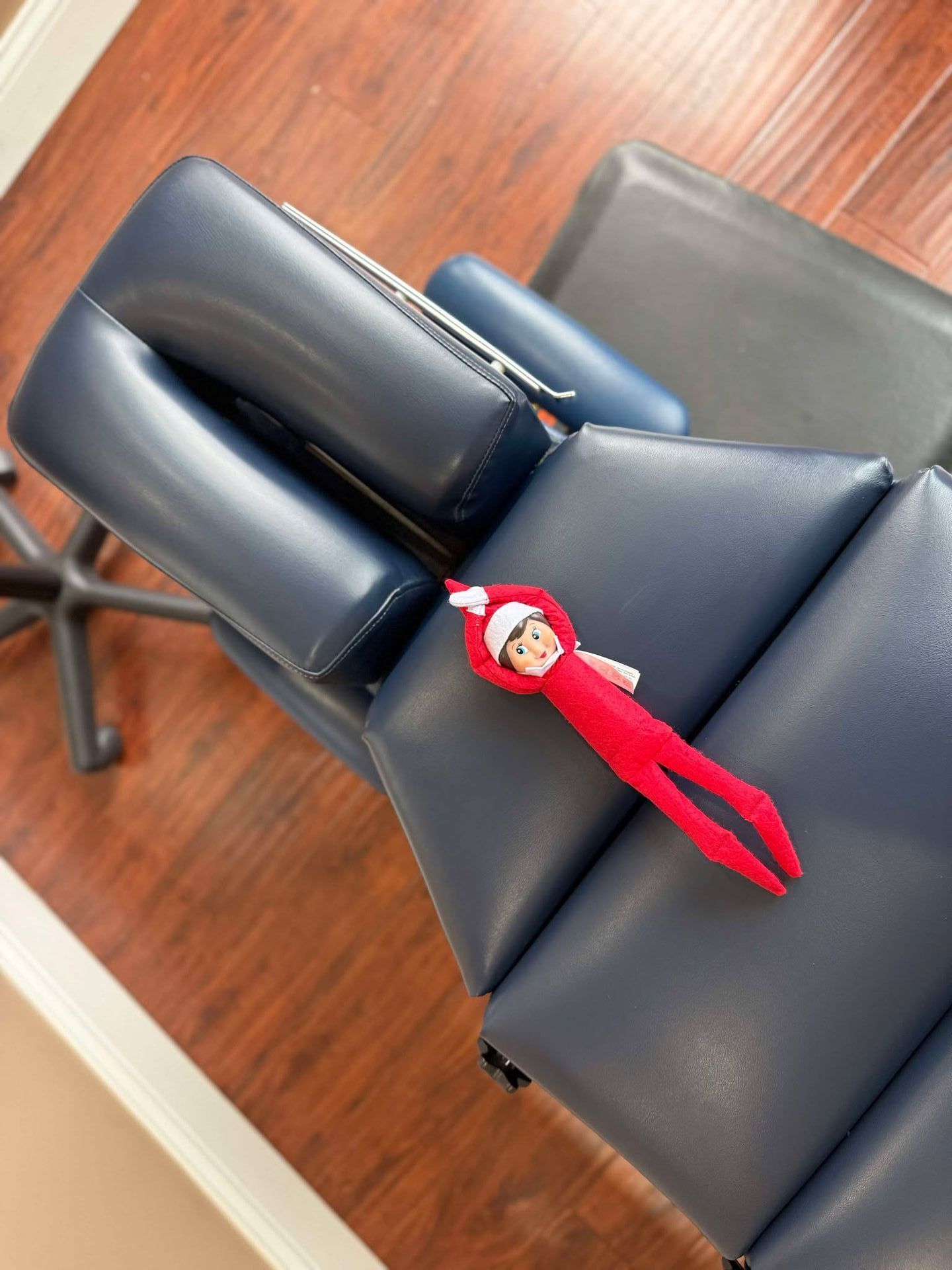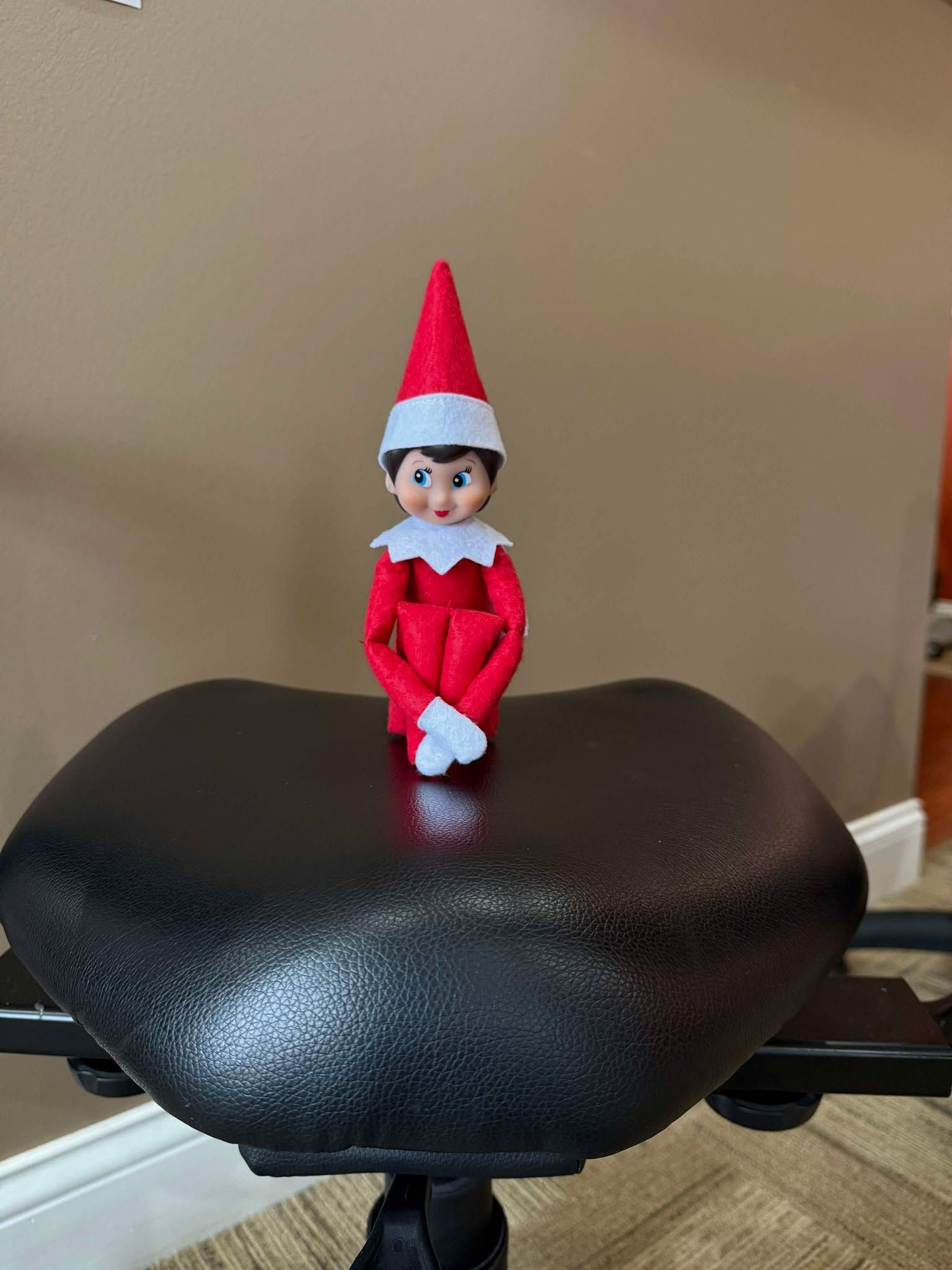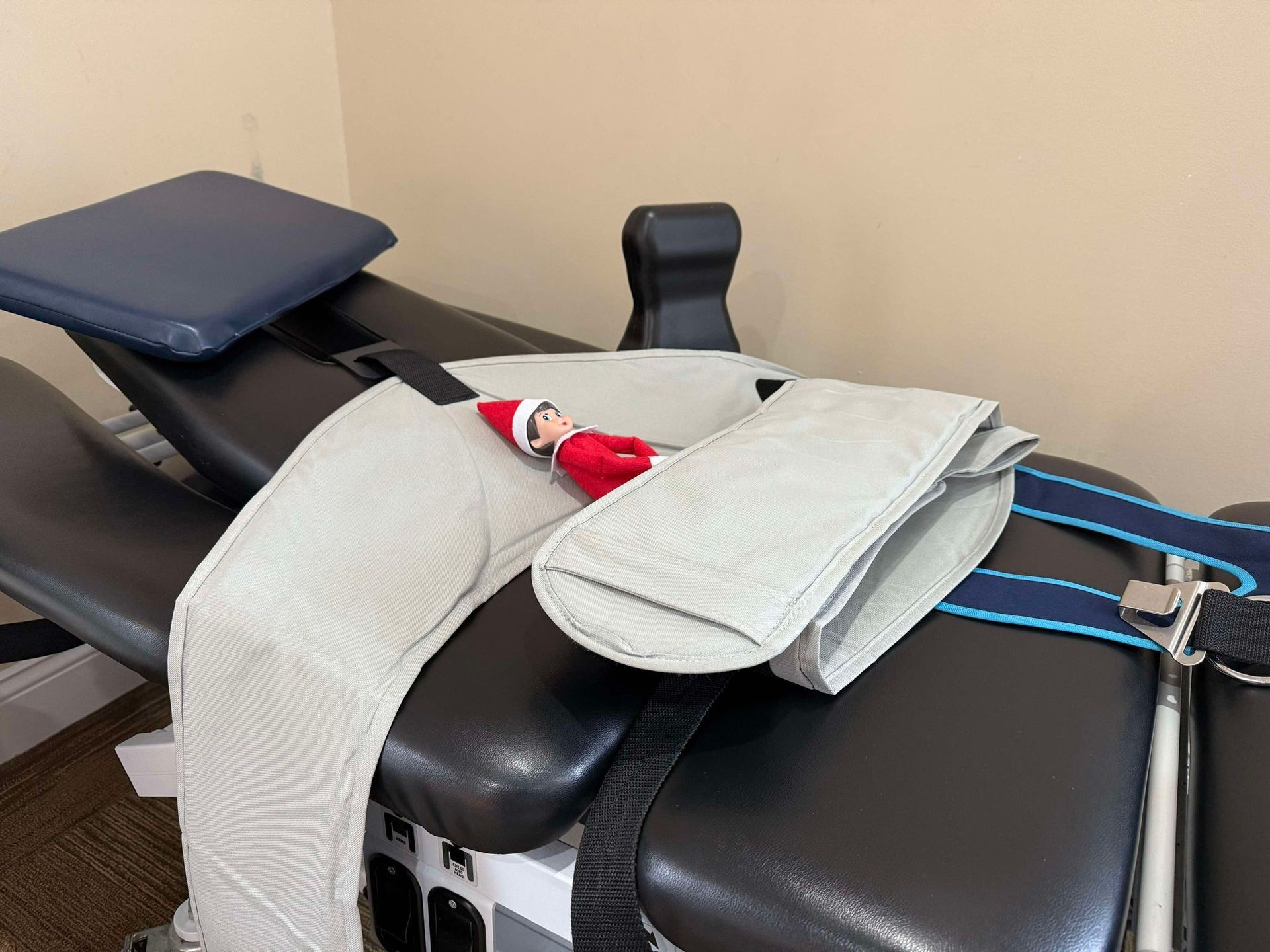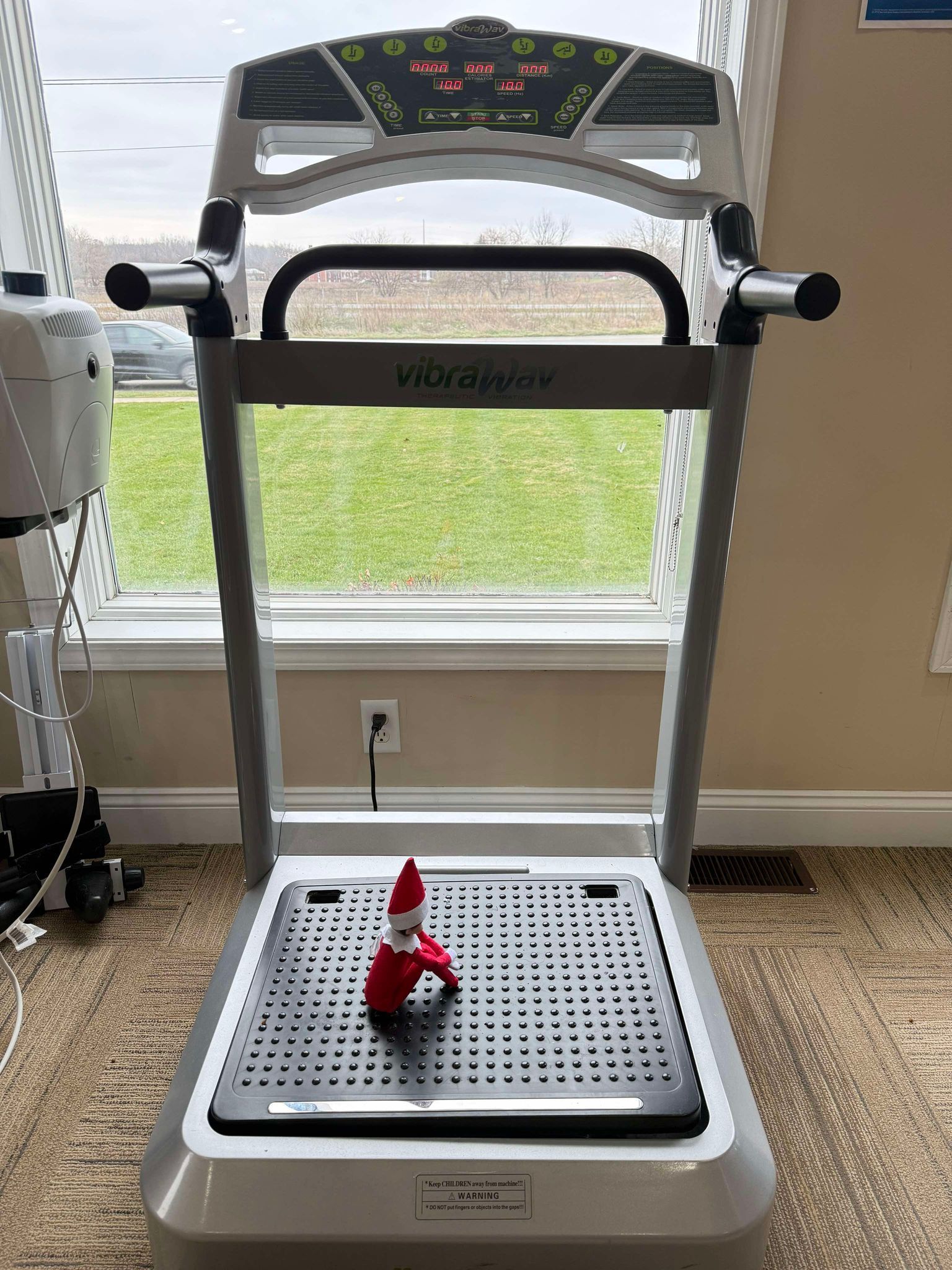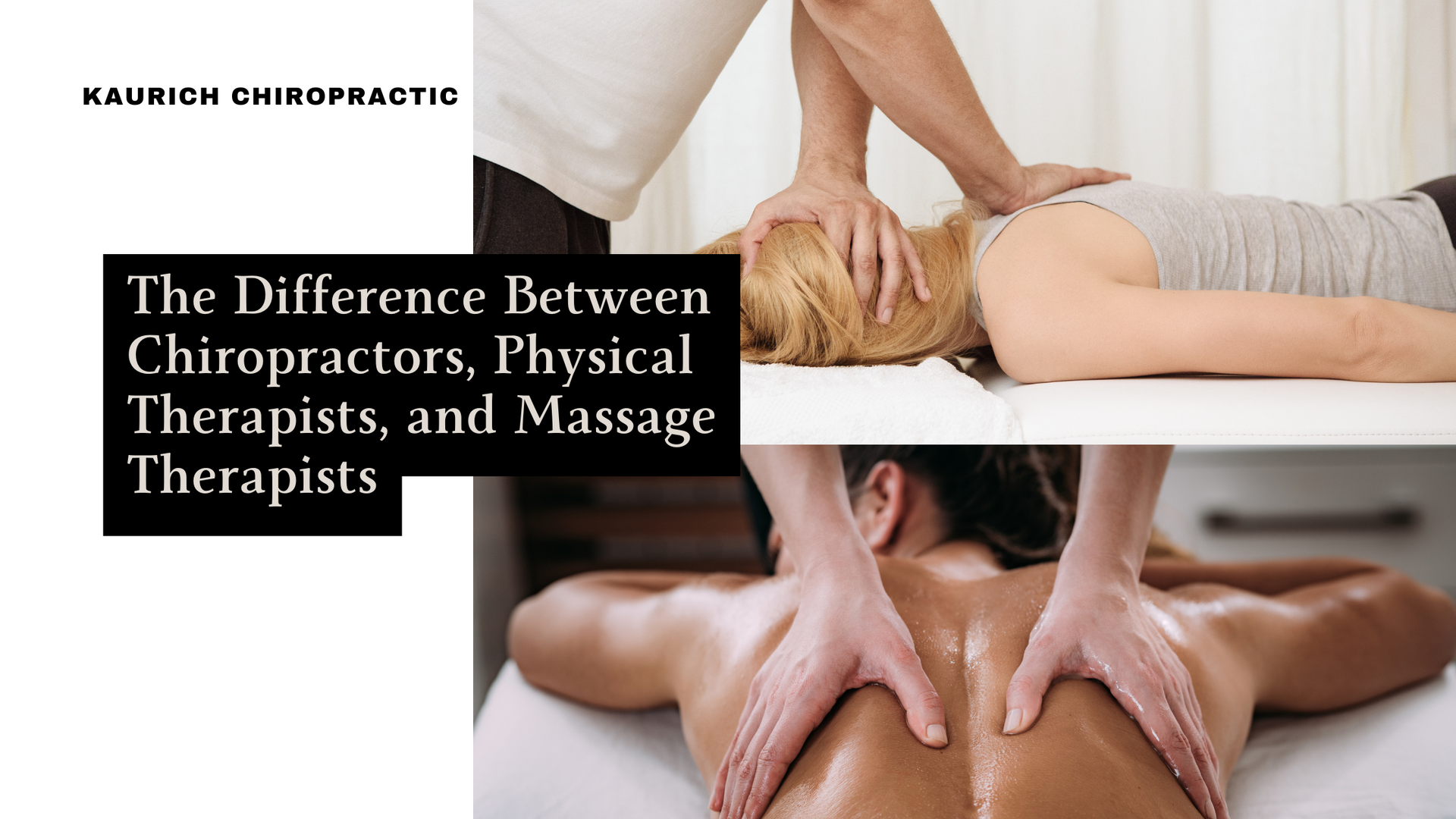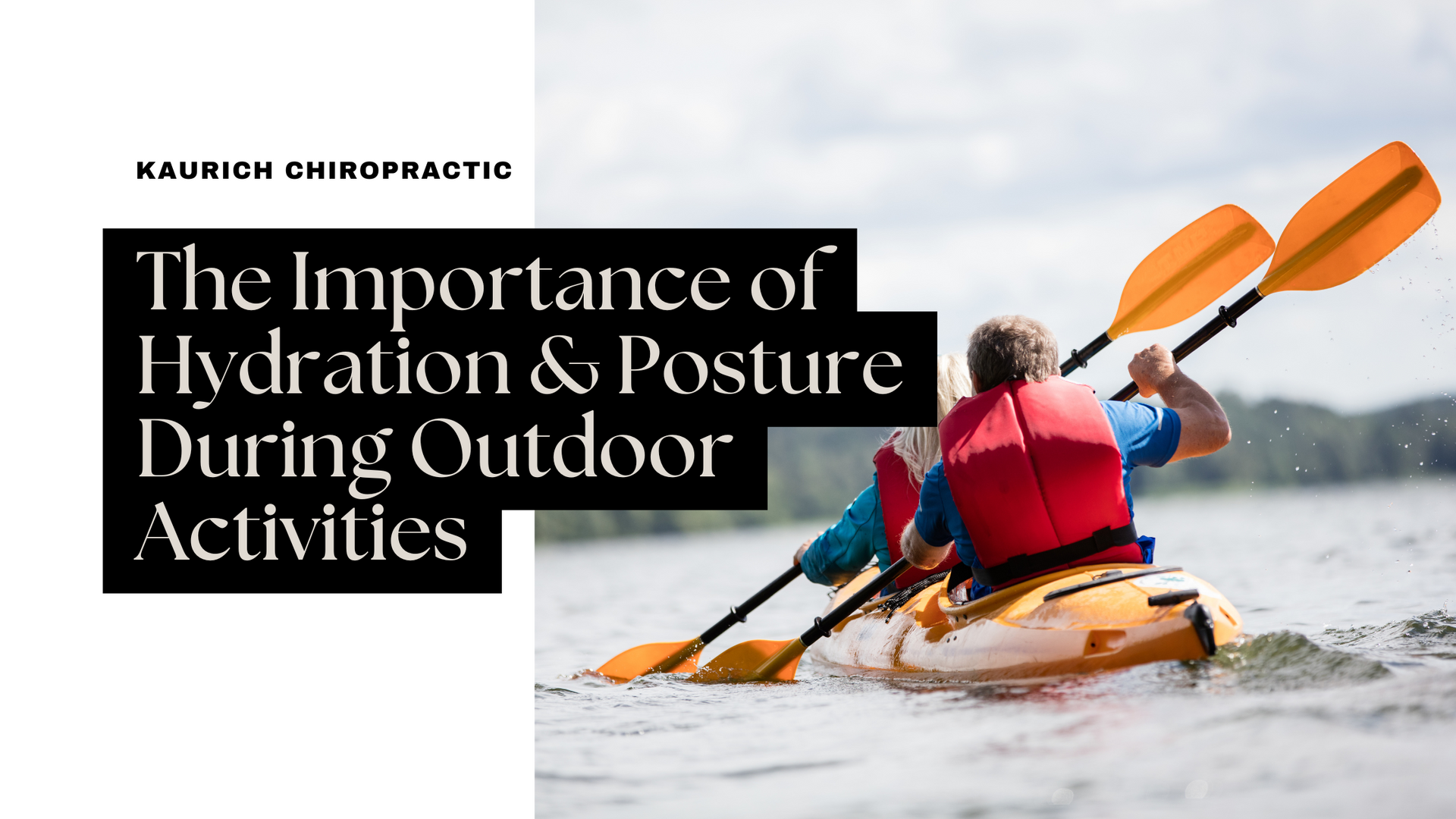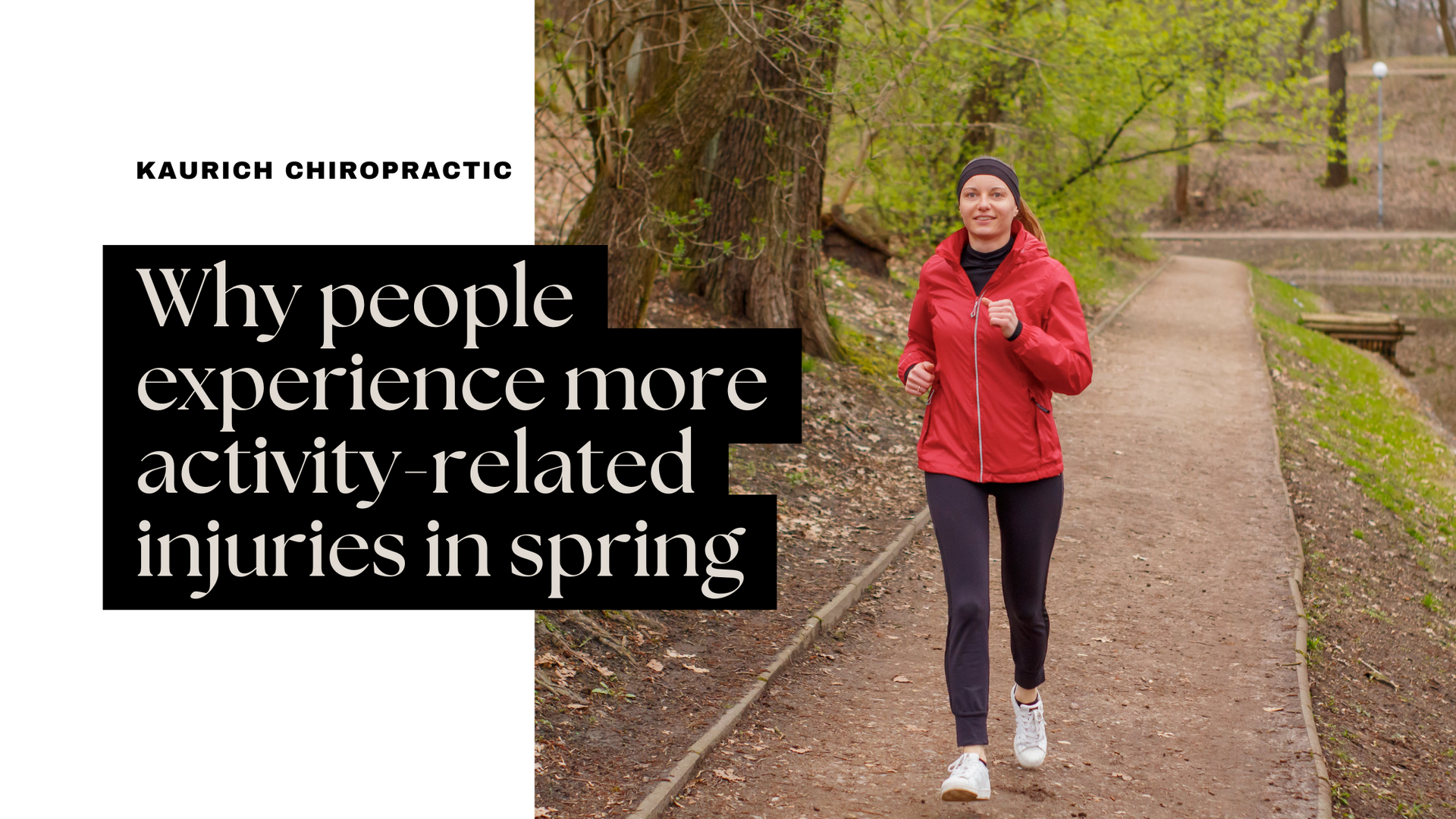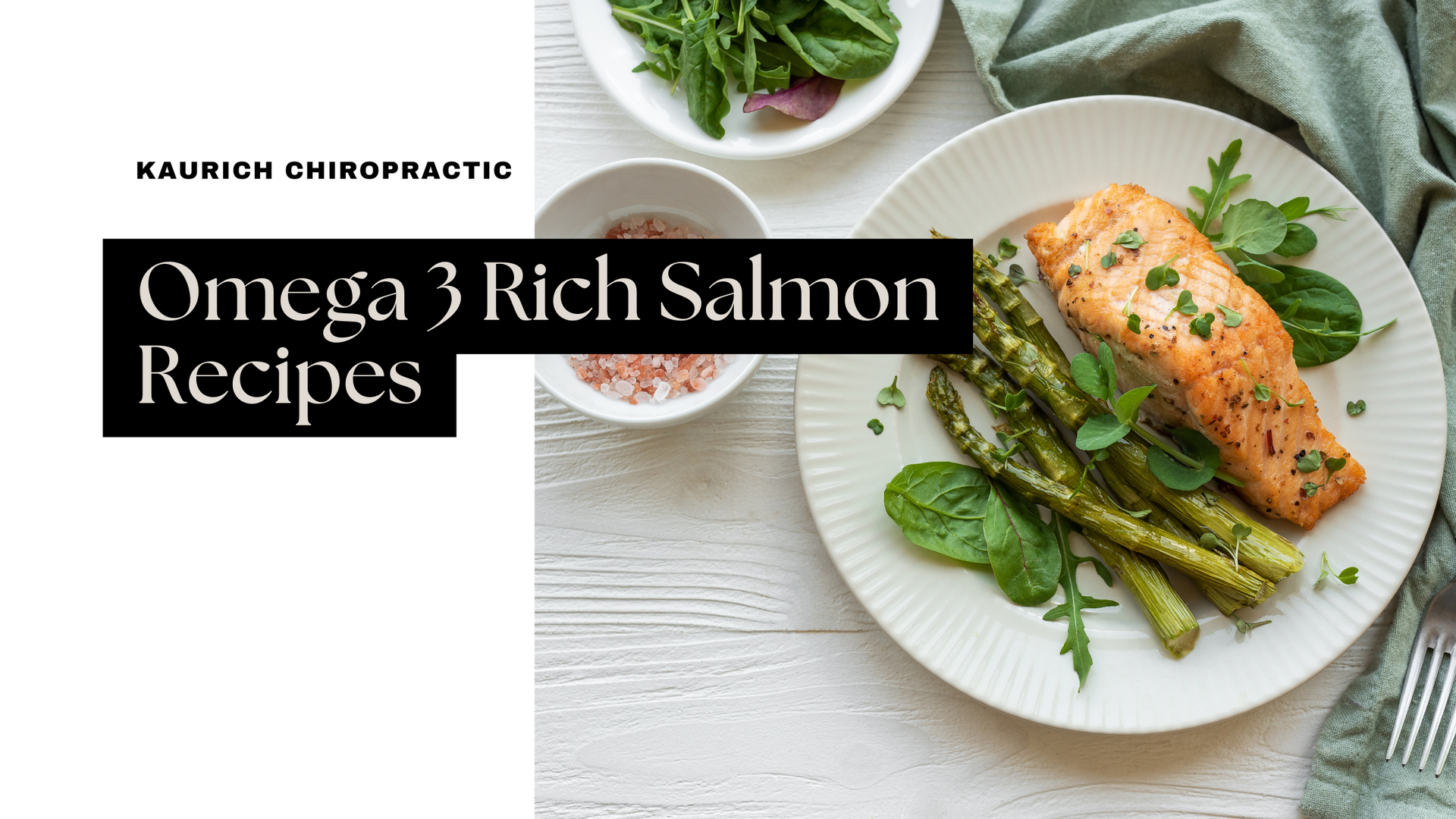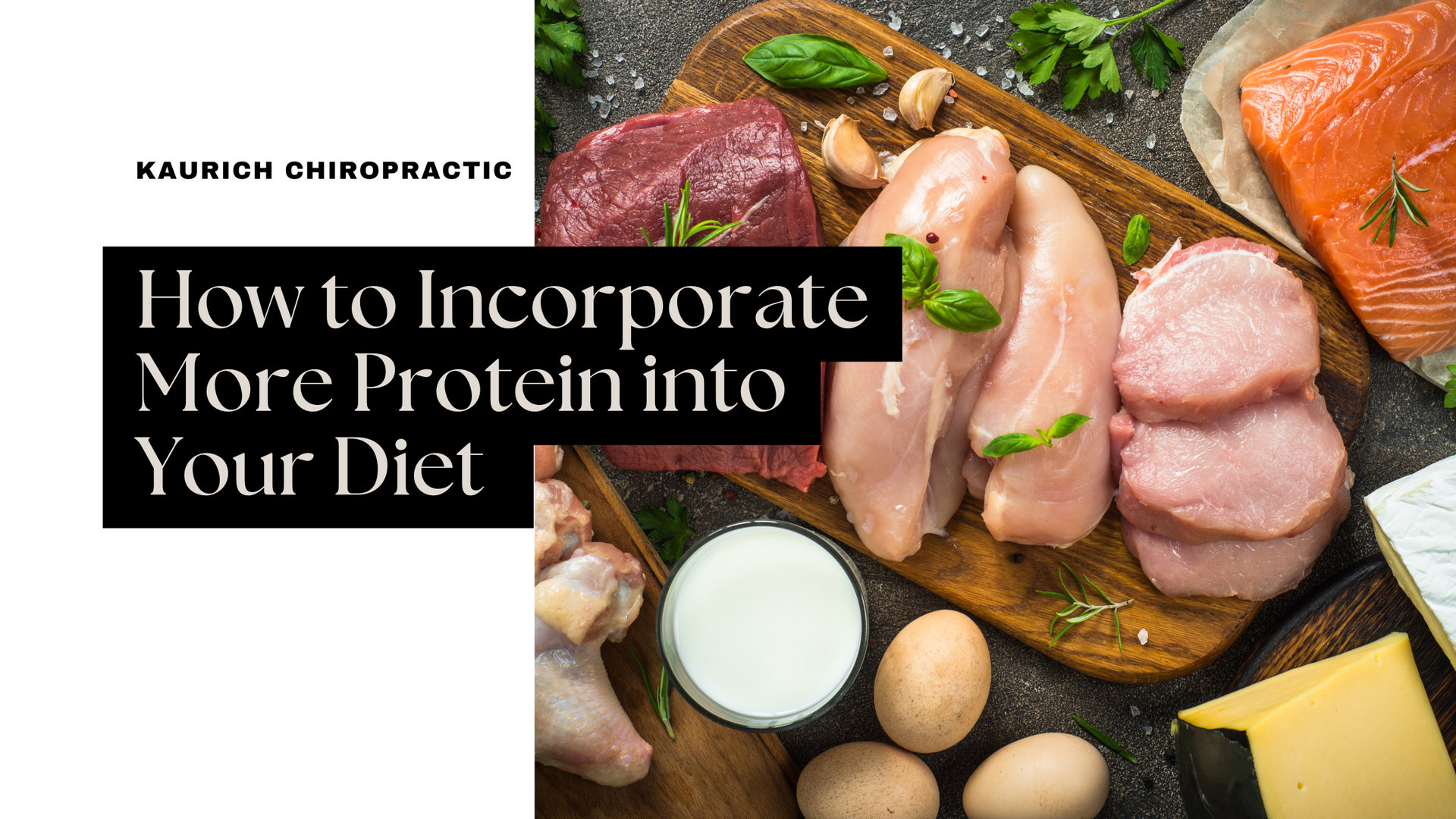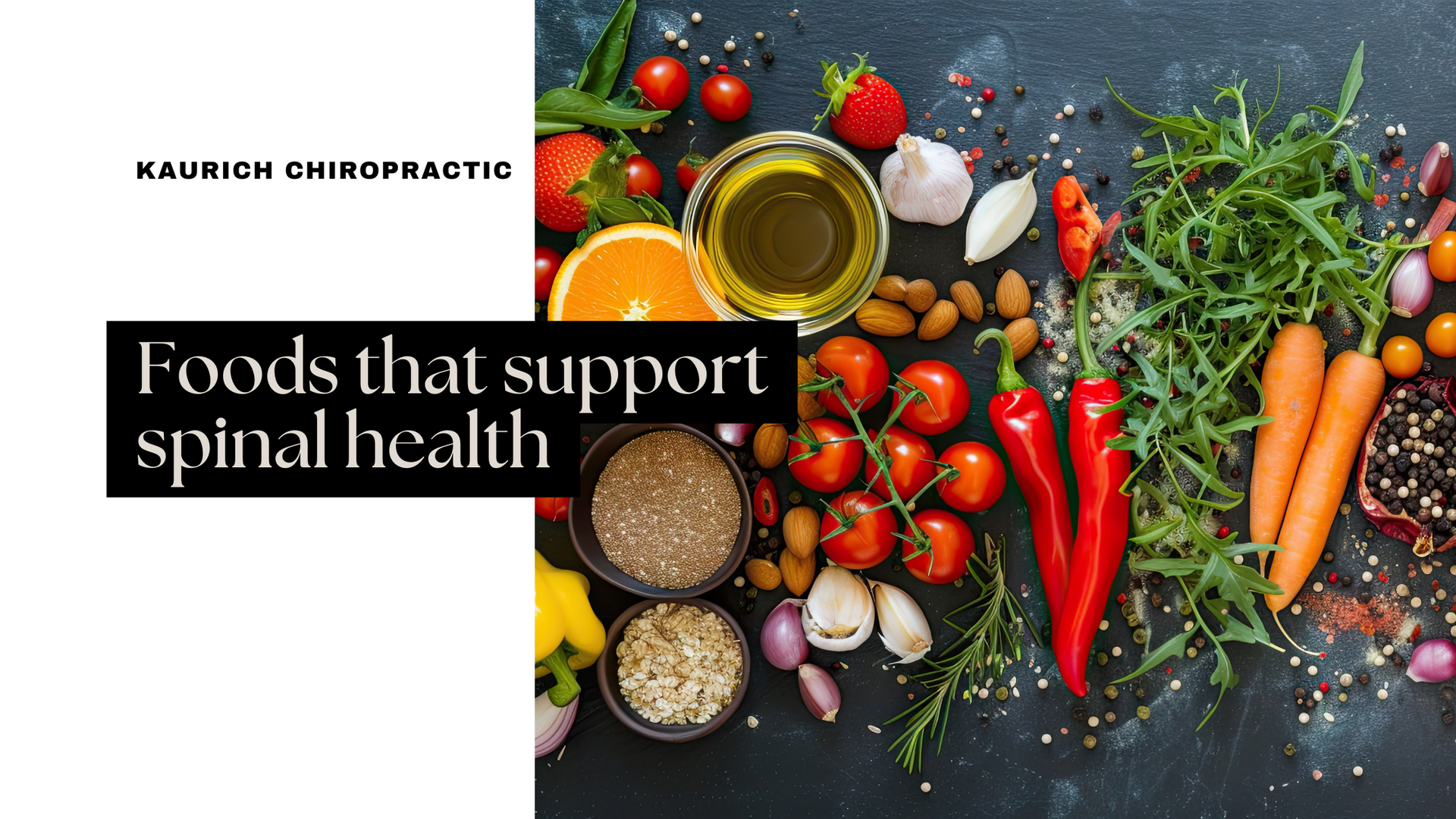January 27, 2025
When you’re looking to increase the protein in your diet, plan each meal with a protein source in mind. If you’re aiming to eat more protein without overdoing it or losing sight of other nutritional needs, one of the easiest ways is to start tracking your food. Meat, Poultry, and Game Bacon, turkey (2 slices / 16 g): 5 g of protein Beef, cooked (3 oz / 85 g): 21 g of protein Bison, cooked and ground (3 oz / 85 g): 22 g of protein Chicken breast, cooked (3 oz / 85 g): 26 g of protein Chicken thighs, cooked (3 oz / 85 g): 21 g of protein Duck, cooked (3 oz / 85 g): 20 g of protein Ground turkey, cooked (3 oz / 85 g): 23 g of protein Italian sausage, cooked (1 link / 75 g): 14 g of protein Lamb, cooked (3 oz / 85 g): 21 g of protein Pork, cooked (3 oz / 85 g): 22 g of protein Pork chops, cooked (3 oz / 85 g): 23 g of protein Quail, cooked (3 oz / 85 g): 21 g of protein Rabbit, cooked (3 oz / 85 g): 27 g of protein Turkey breast, cooked (3 oz / 85 g): 26 g of protein Veal, cooked (3 oz / 85 g): 22 g of protein Venison, cooked (3 oz / 85 g): 24 g of protein Dairy & Eggs Cheddar cheese (1 oz / 28 g): 7 g of protein Cottage cheese (1/2 cup / 112 g): 13 g of protein Eggs, whole (1 large): 6 g of protein Feta cheese (1 oz / 28 g): 4 g of protein Greek yogurt, plain (6 oz / 170 g): 17 g of protein Ice cream, vanilla (1 cup / 135 g): 5 g of protein Kefir (1 cup / 240 mL): 8-11 g of protein Milk (1 cup / 240 mL): 8 g of protein Mozzarella cheese (1 oz / 28 g): 7 g of protein Parmesan cheese (1 oz / 28 g): 10 g of protein Ricotta cheese (1/2 cup / 124 g): 12 g of protein Swiss cheese (1 oz / 28 g): 8 g of protein Yogurt, plain (1 cup / 245 g): 13 g of protein Nuts and Seeds Almonds (1 oz / 28 g): 6 g of protein Chia seeds (2 tbsp / 28 g): 5 g of protein Flaxseeds (2 tbsp / 14 g): 3 g of protein Hemp seeds (3 tbsp / 30 g): 9 g of protein Nuts (mixed, 1 oz / 28 g): 5 g of protein Pistachios (1 oz / 28 g): 6 g of protein Pumpkin seeds (1 oz / 28 g): 8 g of protein Sunflower seeds (1 oz / 28 g): 6 g of protein Walnuts (1 oz / 28 g): 4 g of protein Grains and Pseudograins Amaranth, cooked (1 cup / 246 g): 9 g of protein Buckwheat, cooked (1 cup / 168 g): 6 g of protein Bulgur wheat, cooked (1 cup / 182 g): 6 g of protein Farro, cooked (1 cup / 195 g): 12 g of protein Nutritional yeast (1 tbsp / 5 g): 2.5 g of protein Oats, cooked (1 cup / 240 g): 5 g of protein Quinoa, cooked (1 cup / 170 g): 8 g of protein Teff, cooked (1 cup / 252 g): 10 g of protein Udon noodles, cooked (1 cup / 180 g): 7 g of protein Ziti pasta, cooked (1 cup / 140 g): 8 g of protein Vegetables Asparagus, cooked (1 cup / 180 g): 4 g of protein Black-eyed peas, cooked (1/2 cup / 93 g): 7 g of protein 93g /7g protein Broccoli, cooked (1 cup / 156 g): 4 g of protein Eggplant, cooked (1 cup /95 g): 1 g of protein Green peas, cooked (1 cup / 160 g): 9 g of protein Jicama (1 cup / 130 g): 1 g of protein Kale, cooked (1 cup / 130 g): 4 g of protein Mushroom, white (1 cup/155g0g 5.6 g of protein Peas, cooked (1/2 cup /80 g): 4 g of protein Spinach, cooked (1 cup / 180 g): 6 g of protein Watercress, raw (1 cup / 34 g): 1 g of protein Zucchini, cooked (1 cup / 180 g): 2 g of protein Legumes Black beans, cooked (1/2 cup / 90 g): 8 g of protein Chickpeas, cooked (1/2 cup / 90 g): 8 g of protein Edamame, cooked (1/2 cup / 78 g): 8 g of protein Garbanzo beans (1/2 cup / 90 g): 8 g of protein Kidney beans, cooked (1/2 cup / 90 g): 7 g of protein Lentils, cooked (1/2 cup / 90 g): 9 g of protein Lima beans, cooked (1/2 cup / 90 g): 5 g of protein Red lentils, cooked (1/2 cup / 90 g): 9 g of protein Fruits Avocado, one fruit (150 g): 3 g of protein Banana, one fruit (126 g): 1 g of protein Dates, dried (1/4 cup / 40 g): 1 g of protein Jackfruit (1 cup / 178 g): 4 g of protein


